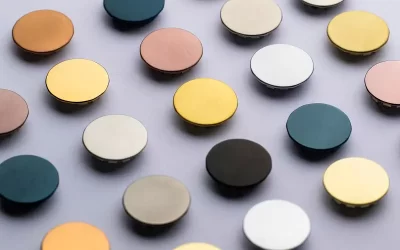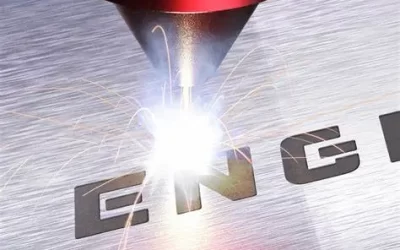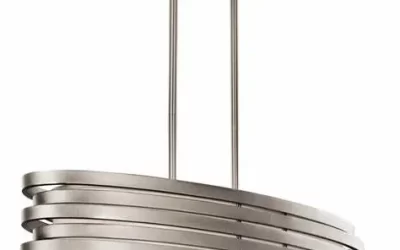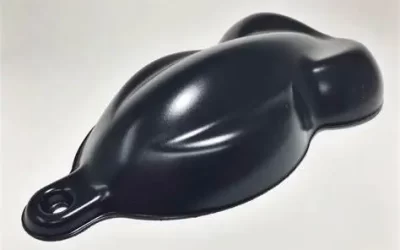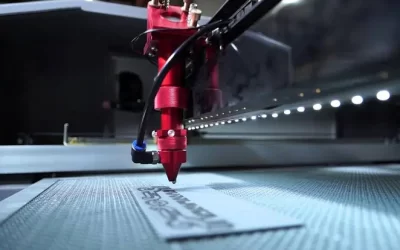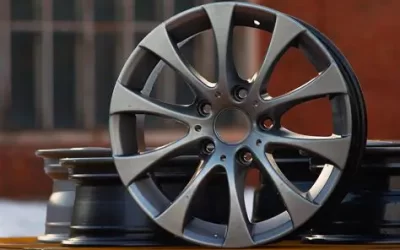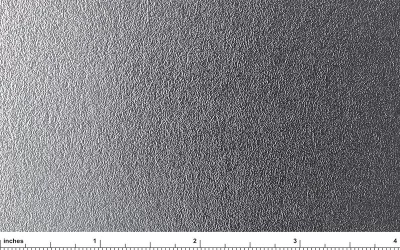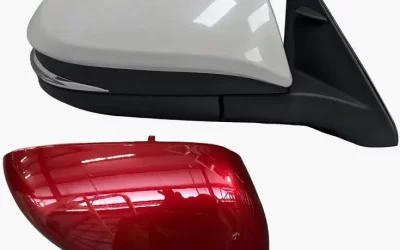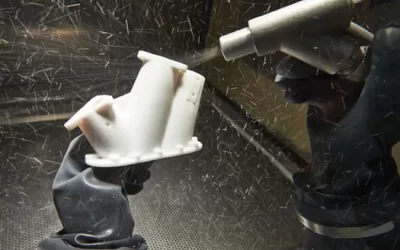PVD coating finish for custom products
PVD (Physical Vapor Deposition) coating is a process that involves depositing a thin layer of material onto the surface of a product using a vacuum chamber. The process involves vaporizing the coating material and condensing it onto the surface of the product. This creates a thin, durable, and highly attractive coating that can be used on a variety of materials.
Laser engraving for custom marking on product surface finish
Laser engraving for custom marking is a process used to create permanent, high-precision marks on a wide range of materials, including metal, plastic, wood, glass, and more. It involves using a high-powered laser beam to remove material from the surface of the object, creating intricate details and fine lines. Laser engraving is a popular method for adding logos, serial numbers, or other intricate designs to product surface finishes.
Brushed nickel finish for custom manufacturing
Brushed nickel finish is a type of metallic finish that is achieved by brushing the surface of the material with a wire brush or abrasive pad. This creates a pattern of fine lines and scratches on the surface of the material that gives it a unique texture and appearance. Brushed nickel finish is often used on metals like stainless steel, brass, or aluminum.
Stain finish for prototyping
The surface finish of a prototype can impact its appearance, functionality, and even its ability to be mass-produced. A stain finish is a popular choice for many prototypes because it strikes a balance between a matte and glossy finish. It is achieved by using abrasives to create a smooth, even surface on the prototype. This can be done through a variety of methods, including sanding, buffing, and polishing. The end result is a surface that is smooth to the touch and has a low level of reflectivity.
Laser marking for product surface finish
Laser marking is a technology that uses a high-powered laser beam to etch, engrave or mark a surface, creating a permanent and precise mark. Laser marking for surface finish is a popular application of this technology, as it offers a non-contact and highly customizable way to add permanent markings to a wide range of materials, including metal, plastic, wood, and ceramics. The laser beam is directed onto the surface of the material, which causes it to vaporize and create a permanent mark.
Powder coated finish for custom products
Powder coating is a popular finishing technique that involves applying a fine powder made of resin, pigment, and other additives onto a surface. This electrostatically charged powder adheres to the surface, and then the product is heated to cure the powder, creating a durable and attractive finish. Powder coated finish for custom products is a common application of this technique, as it offers a variety of colors and finishes that can be tailored to meet the specific needs of the customer.
Textured finish for bespoke products
A textured finish for besopke products refers to the surface treatment of a material that creates a tactile or visual texture. Textured finishes are often used to enhance the appearance or functionality of a product or surface, providing a unique and interesting aesthetic. Textured finishes can be achieved through a variety of techniques, such as using textured paints or coatings, sandblasting, embossing or debossing, and laser engraving.
Mirror finish for customized parts
A mirror finish is a type of surface finish that creates an extremely smooth and highly reflective surface, much like a mirror. It is commonly used for decorative or aesthetic applications, such as on jewelry, automotive parts, or architectural features. Getting mirror finish customized parts require multiple stages of polishing with increasingly fine abrasives to remove any imperfections or surface defects, resulting in a surface that is so smooth and reflective that it can reflect images like a mirror.
Get good matte finish via bead blasting
Bead blasting is a process that involves using small, spherical beads to blast a surface with compressed air, typically to clean it or prepare it for further processing. The beads can be made from a variety of materials, such as glass, ceramic, plastic, or metal, and are chosen based on the desired surface finish and the properties of the material being blasted. Bead blasting is a versatile process that can be used in a variety of industries, including automotive, aerospace, marine, and anufacturing.

